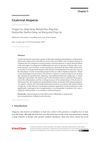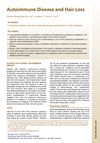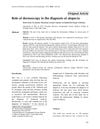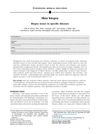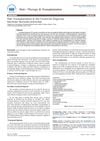Trichoscopic Findings in Cicatricial Alopecias and Hair Shaft Disorders and Its Application in Histopathology
November 2017
in “
International Journal of Research in Medical Sciences
”
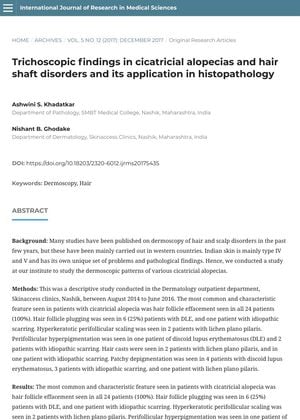
TLDR Dermoscopy helps distinguish between scarring and non-scarring hair loss and accurately diagnoses hair and scalp conditions without needing hair plucking.
The study conducted between August 2014 to June 2016 at the Dermatology outpatient department, Skinaccess clinics, Nashik, focused on the dermoscopic patterns of various cicatricial alopecias in Indian skin types IV and V. The most common and characteristic feature observed in all 24 patients with cicatricial alopecia was hair follicle effacement. Other findings included hair follicle plugging in 25% of patients with Discoid Lupus Erythematosus (DLE) and one patient with idiopathic scarring, hyperkeratotic perifollicular scaling in patients with lichen plano pilaris, and patchy depigmentation in patients with DLE, idiopathic scarring, and lichen plano pilaris. The study concluded that dermoscopy is useful in differentiating cicatricial from non-cicatricial alopecias, and dermoscopic guided biopsies yielded definitive pathological diagnosis in 95% of the cases. Hair shaft disorders could be easily diagnosed by dermoscopy, eliminating the need for hair plucking.

